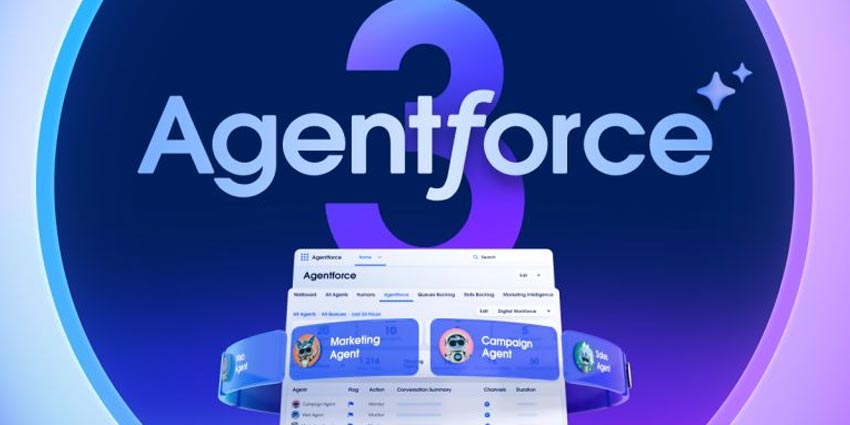All too often, customers encounter brand and customer experiences that are disjointed. For example, their bank might claim through its brand messaging that it values your time, but contacting its customer service team requires multiple steps and being on hold for an hour.
What brands must realise is that, while they might make the distinction between brand experience (BX) and customer experience (CX), customers do not.
Customer interactions – whether that’s a digital ad or a customer service call – all have the potential to impact customer satisfaction and ultimately loyalty.
While BX is focused on delivering a compelling image of the brand to customers with an ‘inside-out’ perspective, CX is focused on understanding how the customer wants the experience to be delivered, taking an ‘outside-in’ view in order to drive customer satisfaction. Many CX programmes remain focused on simply removing friction from the purchase funnel and miss the opportunity to partner with brand strategy teams to create more powerful experiences for the customer and the company.
Aligning CX and BX can seem like a challenge, mostly because many organisations treat them as separate. However, Gartner research shows that leaders who connect the two are more likely to exceed ROI expectations. There are three steps CX leaders can follow to better align their CX and BX.
Use CX insight to develop a brand promise focused on your customers’ personal benefits
According to Gartner research, just 5% of consumers recall experiencing valuable digital interactions with a brand when considering a purchase. To cut through the noise, brands must provide experiences worth recalling by articulating how the brand can meet customers’ needs through clearly-defined ‘personal benefits.’
Personal benefits focus on what the customer gets out of a relationship with the brand and are a key driver of brand commitment, which is the degree to which audiences prefer the brand to alternatives, feel a personal connection to it and advocate on its behalf. According to Gartner research, customers reporting strong commitment to a given brand were more likely to complete a purchase, have purchase exclusivity and be willing to pay a premium. Personal benefits have three important characteristics:
- They focus on the customer, not the company
- They emphasise the outcome the customer with receive
- They fulfil a psychological need for the customer
Gartner research shows that personal benefits have the biggest impact on brand commitment, with societal and functional benefits trailing behind. To effectively capture a personal benefit, it is important to identify a psychological need that your brand is best positioned to support.
To effectively capture a personal benefit, it is important to identify a psychological need.
So where does CX come in? CX teams understand the needs that customers bring to a brand to resolve through voice of the customer (VoC) research and valuable CX assets like customer personas. Brands should use this insight to articulate the brand promise in terms of personal benefits, aligned to customers’ needs.
Use your brand’s personal benefits to connect brand to CX
Once a brand’s promise is centred around personal benefits, it becomes a hook to design brand-oriented CX initiatives. First, identify existing experiences that support brand experiences and messaging around the personal benefits that the brand delivers. This may require redefining the personal benefits in order to ensure they align with what the brand can actually deliver, versus where it aspires to be.
Next, establish the link between the personal benefits customers would value, and the current and potential experiences the brand can provide, as seen in Figure 1. To complete this circle, concentrate on how certain experiences offer the opportunity to serve your customers’ needs as well as to tell a story about what differentiates your brand. When executed well, these experiences can become the proof and justification of the brand promise.
Figure 1. Personal benefits serve as the bridge between CX and brand promise:

Formalise collaboration to bridge the gap between CX and brand teams
Most companies’ strategies are focused on how to make the company look good, instead of demonstrating how to help the customer be a better version of themselves. Understand what your customers want for themselves, and show them how you can help them get there through your brand. Too often, the promises made by brands are thwarted by two functions (CX and BX) that function as separate entities. Coordination is key.
The first opportunity for coordination starts with the development of the brand promise itself. This should not be isolated from the insights gleaned from customer research, personas and customer journeys that fall under the remit of CX teams. While the brand team might own the strategy, the CX team must be involved to inform the process. Utilise customer research, both qualitative and quantitative, to illuminate which personal benefits resonate the most with customers. Establish cross-functional checkpoints at each milestone, from development to finalisation of the brand promise.
Furthermore, personal benefits should serve as the source code for brand-strengthening CX initiatives. The CX and brand teams should work together to identify opportunities and commit to tracking shared customer outcomes such as customer satisfaction ratings.
By working more closely together, CX and brand teams can close the gap between what a brand says it is, and what its customers say it is. In doing so, it can gain a deeper understanding of what customers actually want from the brand, in order to unlock greater customer loyalty.







